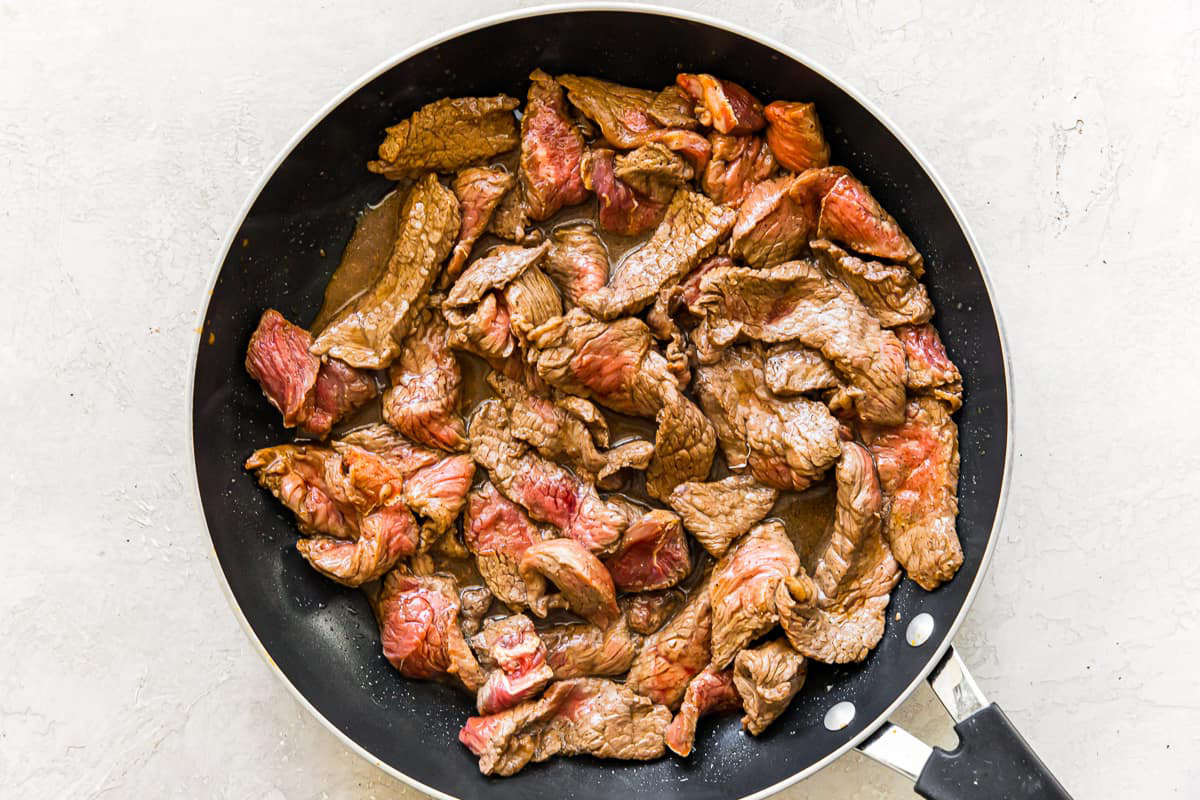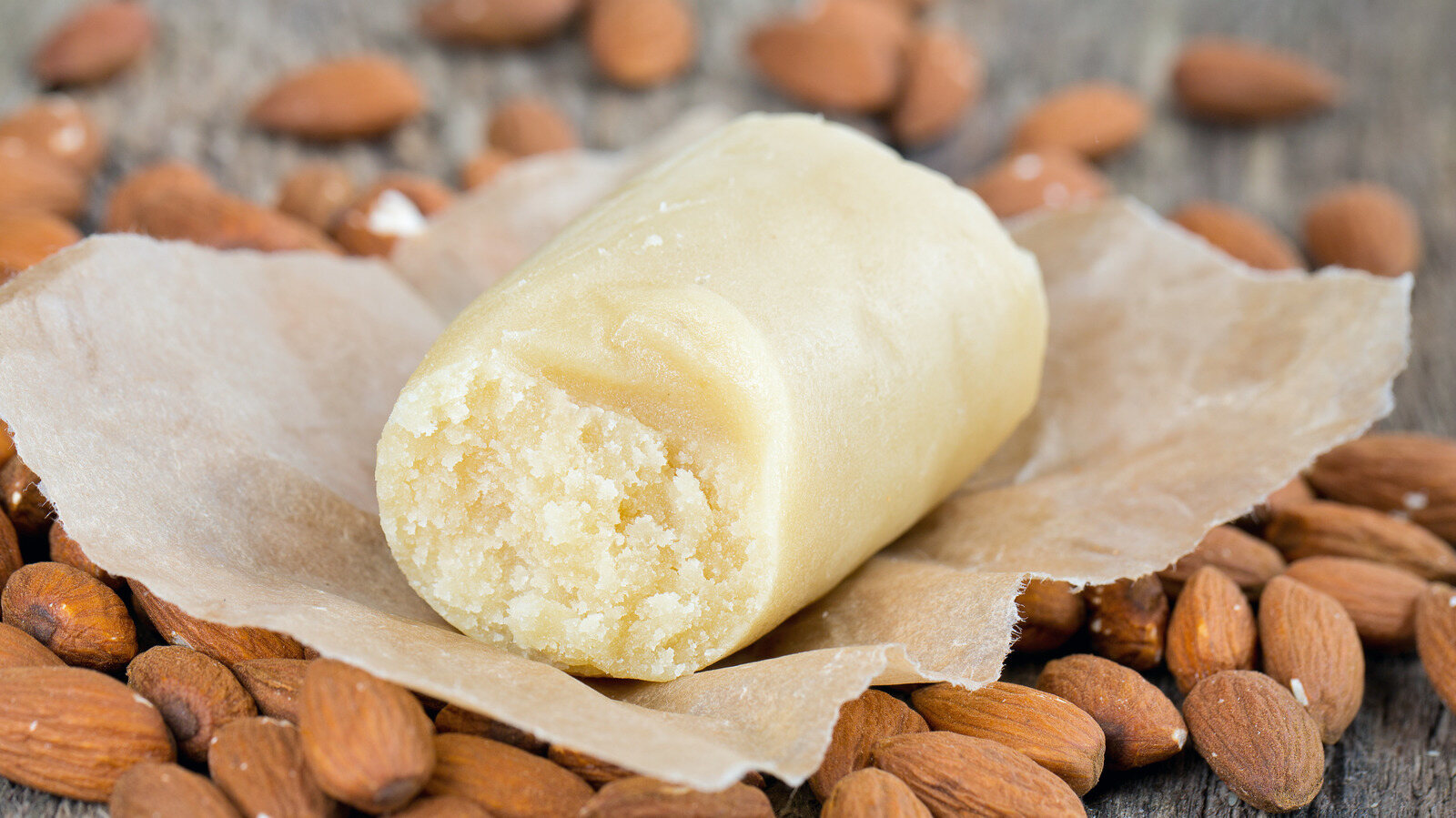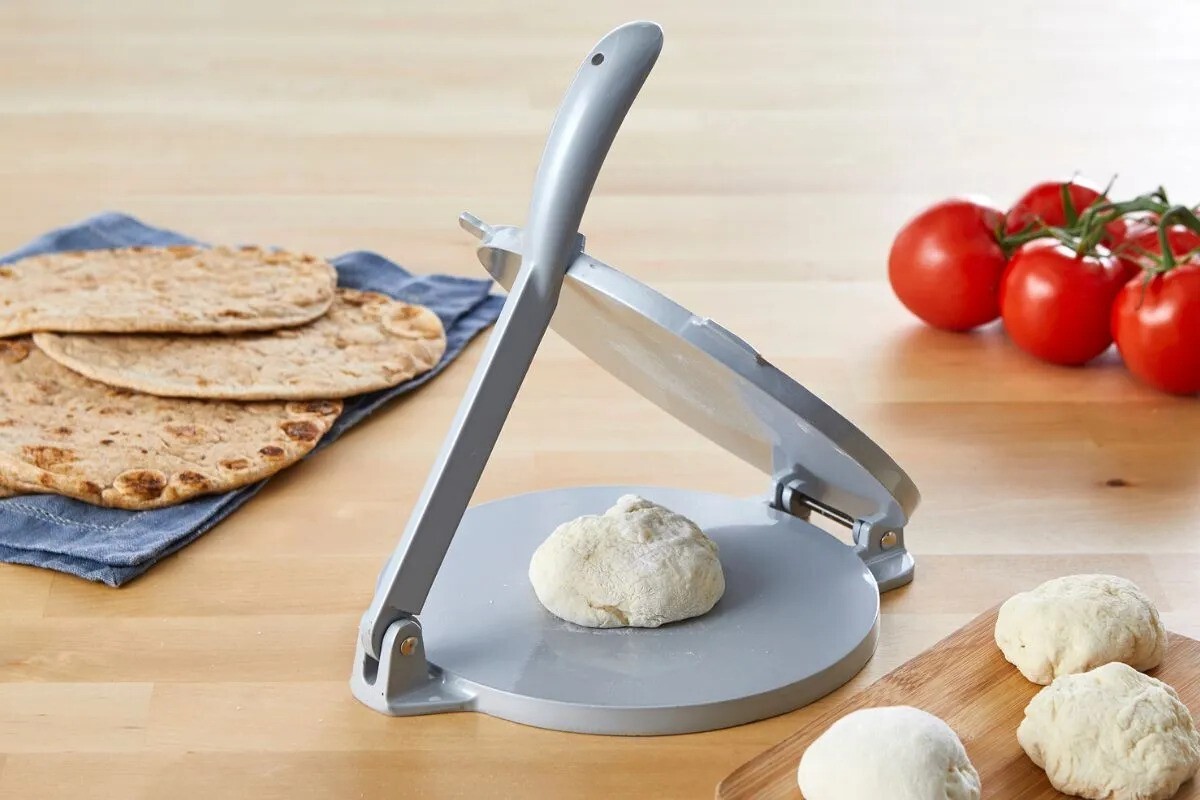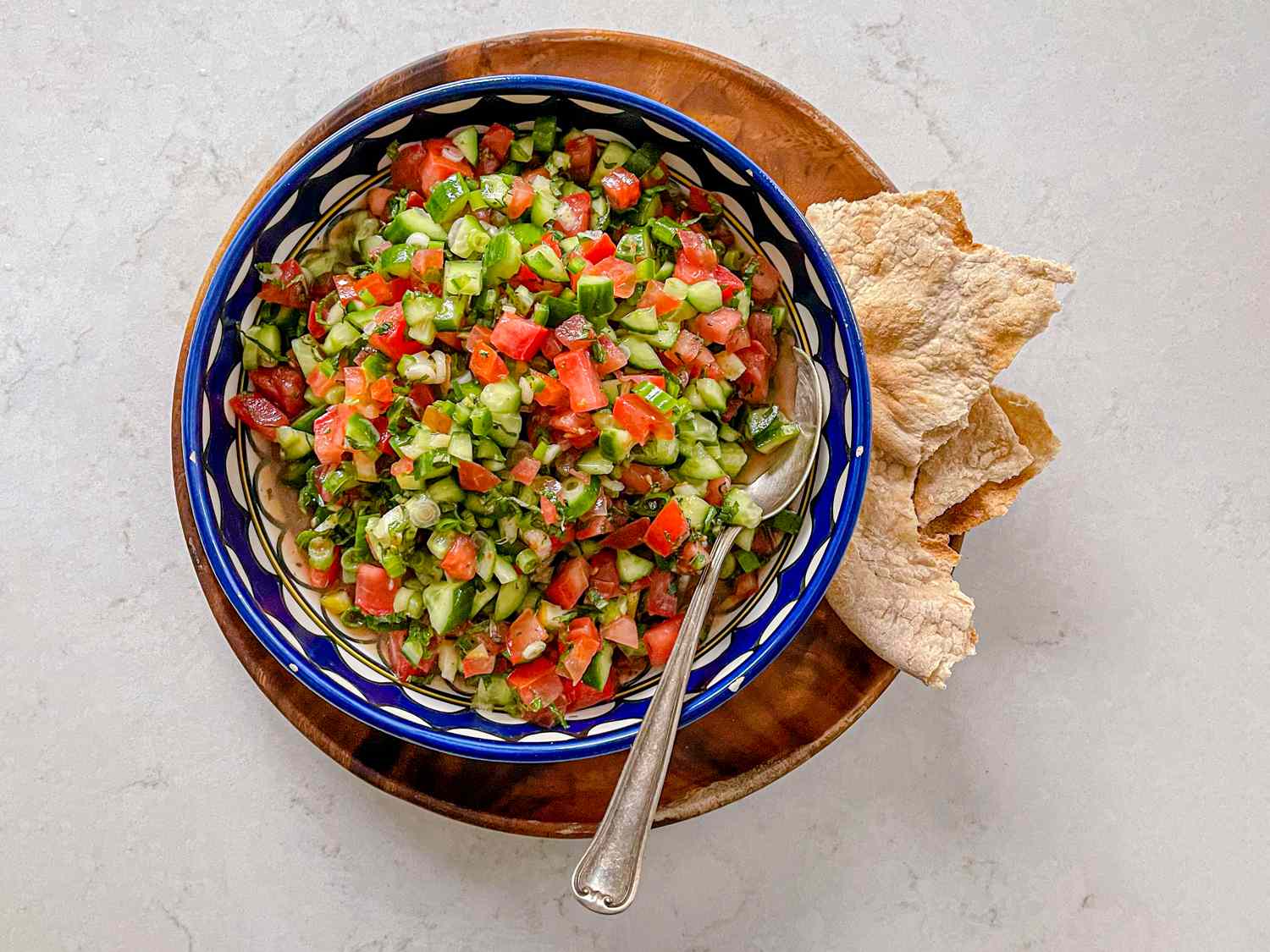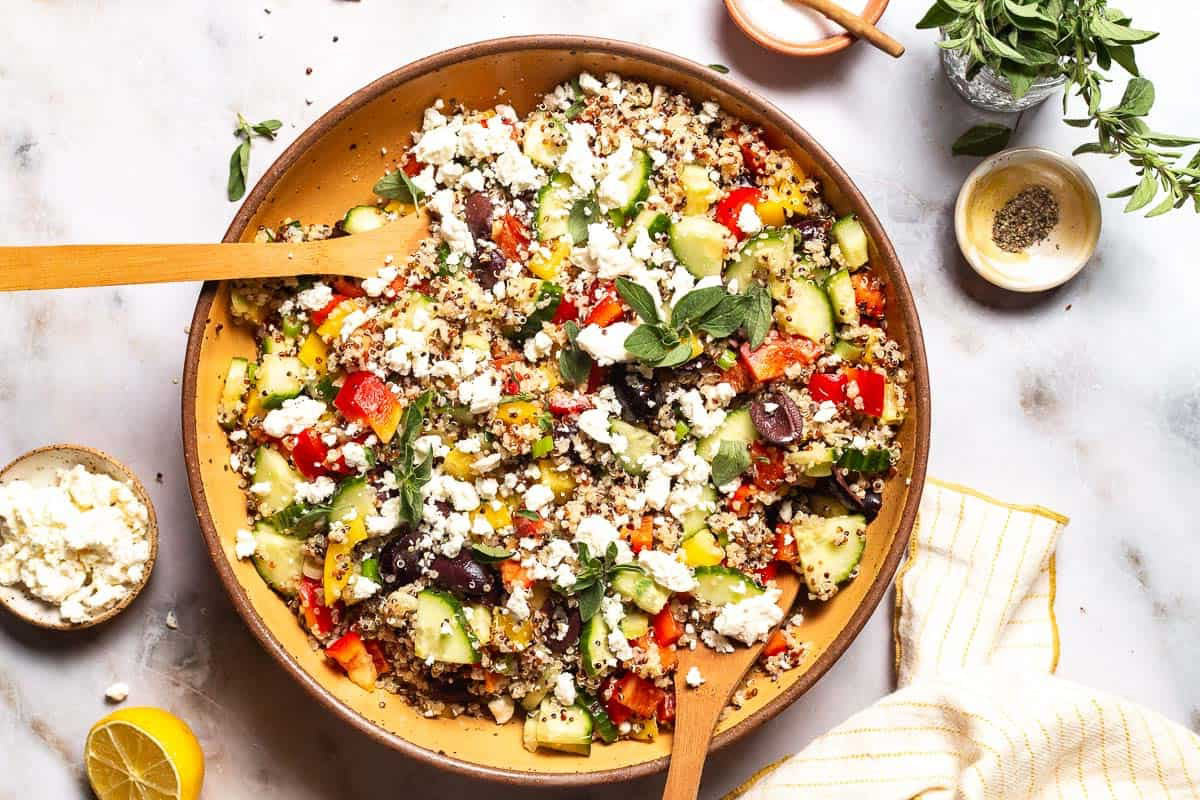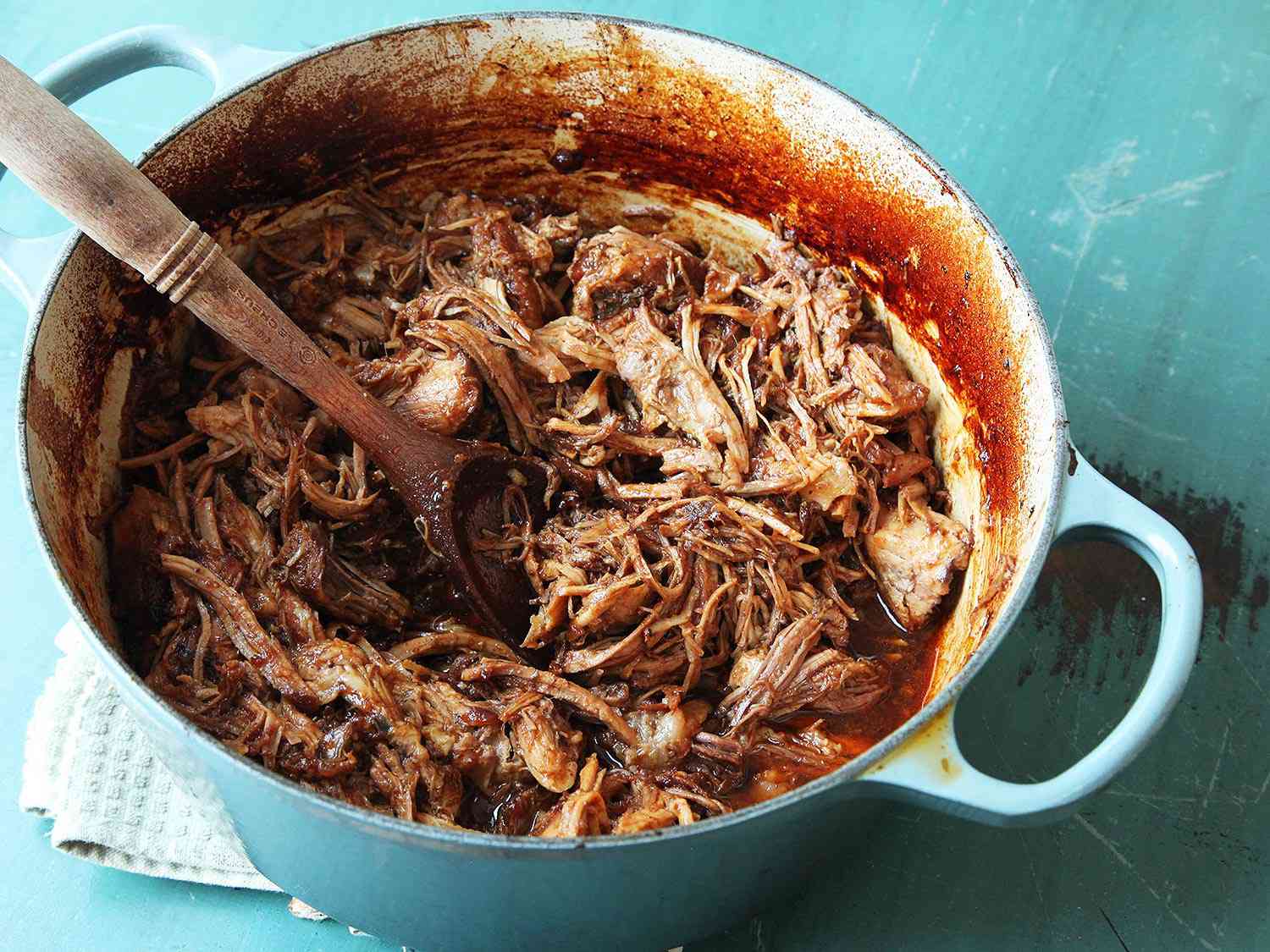Understanding the Internal Temperature for Beef
When it comes to cooking beef, it’s important to ensure that it reaches the right internal temperature to guarantee both safety and deliciousness. The internal temperature of beef determines its level of doneness, and it’s crucial to get it just right to achieve the perfect steak or roast. Let’s delve into the specifics of the internal temperature for beef and how it impacts your culinary creations.
Why Internal Temperature Matters
The internal temperature of beef is a critical factor in ensuring that it is safe to eat. Cooking beef to the proper internal temperature kills harmful bacteria, such as E. coli and Salmonella, making it safe for consumption. Additionally, achieving the right internal temperature is essential for reaching the desired level of doneness, whether it’s rare, medium-rare, medium, or well-done.
Recommended Internal Temperatures for Beef
When cooking beef, it’s essential to use a food thermometer to accurately measure the internal temperature. Here are the recommended internal temperatures for different levels of doneness:
- Rare: 120-125°F (49-52°C)
- Medium-Rare: 130-135°F (54-57°C)
- Medium: 140-145°F (60-63°C)
- Medium-Well: 150-155°F (66-68°C)
- Well-Done: 160°F (71°C) and above
It’s important to note that the USDA recommends a minimum internal temperature of 145°F (63°C) for safety, but the level of doneness is a matter of personal preference.
Factors Affecting Internal Temperature
Several factors can influence the internal temperature of beef during the cooking process. The thickness of the cut, the cooking method, and the starting temperature of the meat all play a role in determining how long it takes to reach the desired internal temperature.
For example, a thicker cut of beef will take longer to reach the recommended internal temperature compared to a thinner cut. Similarly, grilling or pan-searing may result in faster cooking times than roasting in the oven.
Using a Meat Thermometer
To accurately measure the internal temperature of beef, it’s essential to use a meat thermometer. There are various types of meat thermometers available, including instant-read thermometers and leave-in thermometers. An instant-read thermometer provides a quick and accurate reading, while a leave-in thermometer can be inserted into the beef and remain in place during the cooking process.
When using a meat thermometer, insert it into the thickest part of the beef, away from any bones or fat, to get an accurate reading of the internal temperature.
Resting Time
After reaching the desired internal temperature, it’s crucial to allow the beef to rest before slicing and serving. Resting the beef allows the juices to redistribute, resulting in a more flavorful and tender end product. As a general rule, allow the beef to rest for about 5-10 minutes before carving or serving.
Final Thoughts
Understanding the internal temperature for beef is key to achieving both safety and culinary perfection. By using a meat thermometer and following the recommended internal temperatures for different levels of doneness, you can ensure that your beef dishes are not only safe to eat but also cooked to your desired level of doneness. So, the next time you’re cooking beef, remember to keep an eye on the internal temperature to create a mouthwatering masterpiece!
Was this page helpful?
Read Next: What Is Cinnamon Fry Bread

